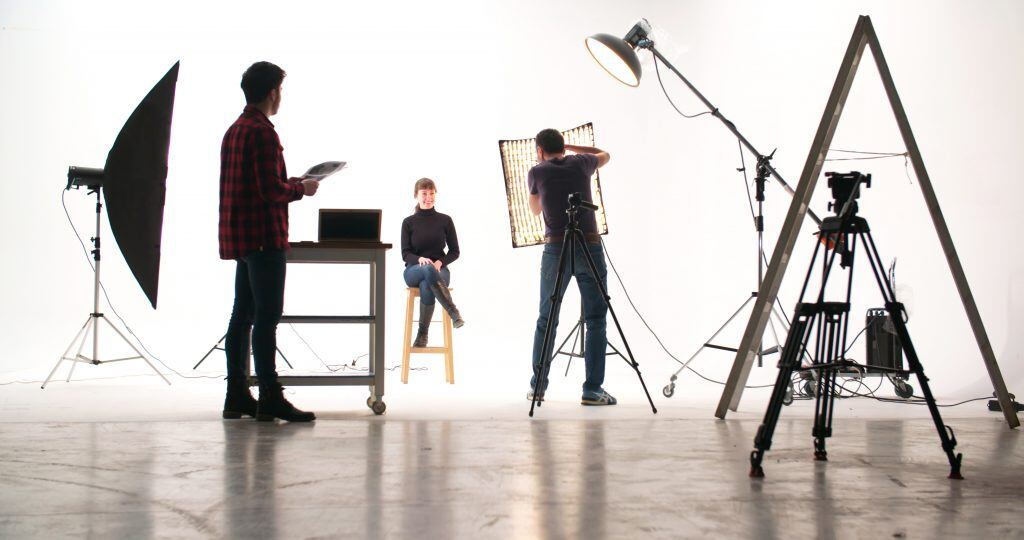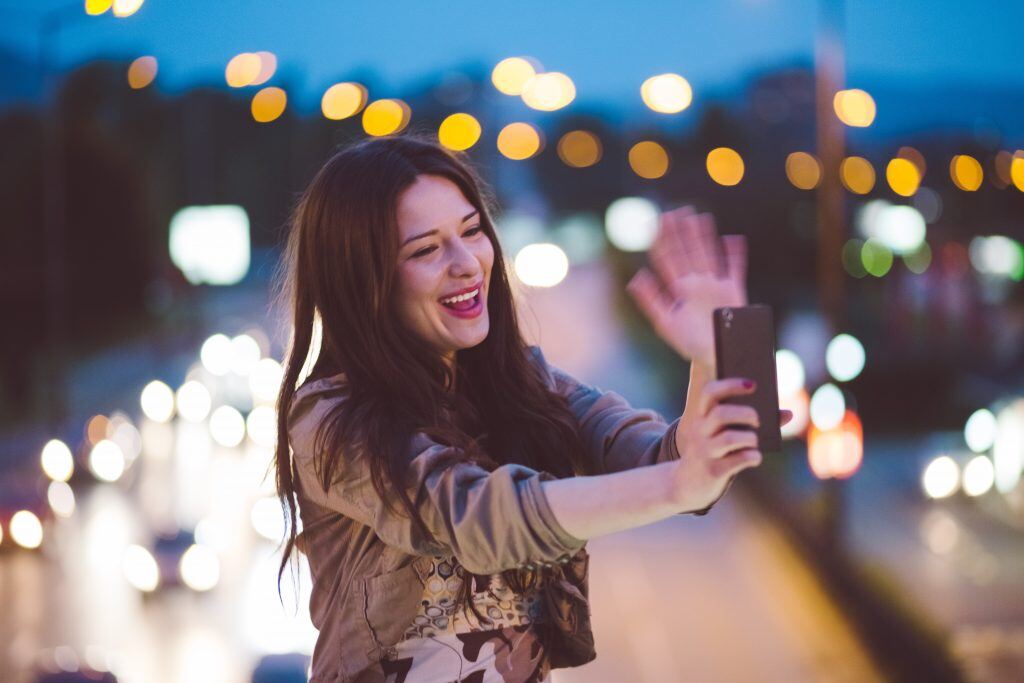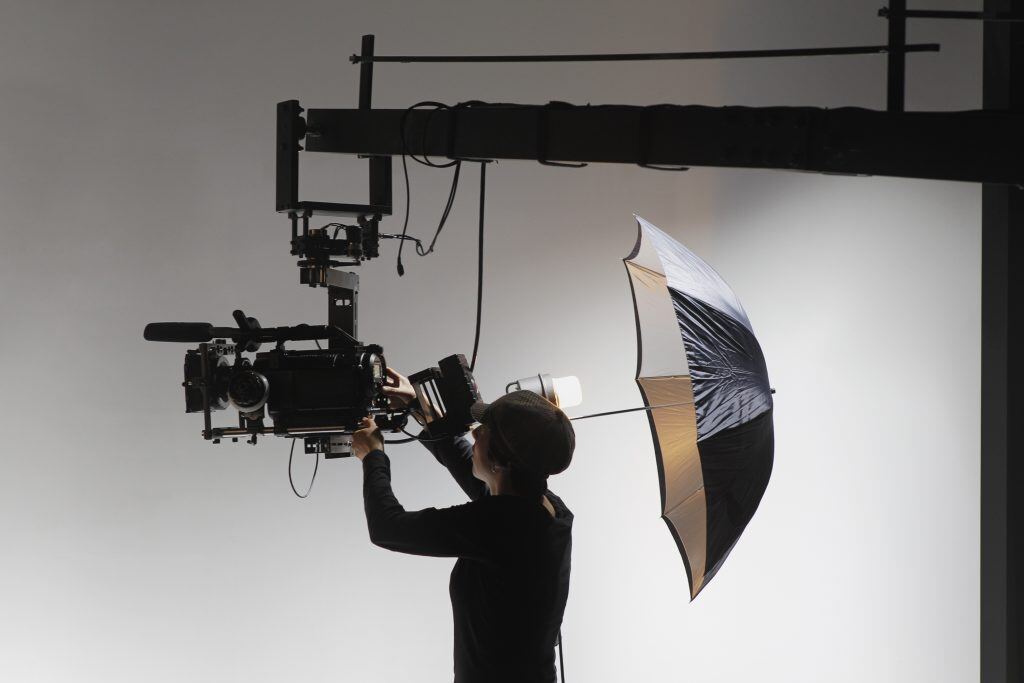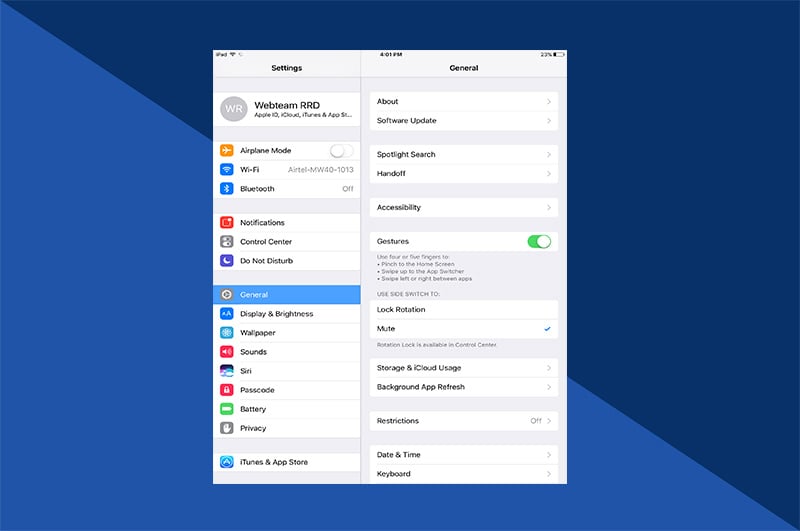Lighting is an essential part of photography.
Without good lighting, your pictures can appear too dark, too bright or will suffer from unfortunate shadows or glare. If you don’t have much experience with lighting, it may seem a bit confusing when you start looking at different lighting options. Finding photography lighting equipment for beginners is a lot easier when you know what it is that you’re supposed to be looking for.
Fortunately, the process becomes easier as you gain a better understanding of how photo lighting works and the effect it can have on the pictures you take. A good beginner’s lighting kit can help you to learn this, providing you with a good base of equipment that you can expand on later as needed.
The Importance of Good Lighting
Good lighting is important because it ensures that your subject is visible without washing them out with too much light or making some parts of the subject difficult to see.
When the lighting is good it provides a consistent level of light to all parts of the subject while also ensuring that the background or backdrop isn’t affected by unwanted shadows or other unintended obstructions.
This isn’t to say that you have to have perfect lighting to take good pictures, of course. There are absolutely amazing photos that have been taken in poor lighting or with heavy shadows or other issues affecting them. The better your lighting is, though, the easier it becomes to get good shots.
This is why it’s often recommended to find a good set of photography lighting equipment for beginners when you’re just starting out as a photographer since it can not only boost the quality of some of your photos, but also help you to learn how different pieces of lighting equipment are used.
Flash Lights
Camera flashes are the most commonly recognized lighting that you’ll see as a photographer, with the most basic flashes attaching to the camera itself.
External flash modules are available as well, however, giving additional angles to the light at the point that a picture is taken. You’ve likely seen external flash units like this in photo studios or other professional shoots in an enclosed space; since the other lighting is already controlled, the flash just provides additional illumination to the scene to get rid of unwanted shadows.

Consistent Lighting Kits
One of the big things that you’ll need when you’re starting out is a consistent lighting kit.
These lights provide you with even lighting throughout the shot. As the name implies, a consistent lighting kit provides even light that can be maintained throughout a photoshoot. These lights are typically positioned behind the camera to control the direction of shadows and highlights, and multiple lights may be used to create just the lighting profile that you want for your subject.
There are a few different options when it comes to consistent lighting, including tungsten bulbs, fluorescent light rigs and LED lights. Some of these lights make use of covers or softboxes to ensure that the light provided isn’t too harsh, while others use multiple coated bulbs of a low enough wattage that they don’t need anything to soften the light.
Depending on the type of scene being photographed, multiple sets of these lights may be used together to provide brighter or more uniform lighting to an entire scene.
Lighting Wands
Unlike a consistent lighting kit, a lighting wand is designed to provide light to a specific area only for as long as a photographer needs it.
They are very useful when only a little bit of light is needed or if you need to fill in a shadow that wasn’t covered by the consistent lighting that you’ve used in your scene. Lighting wands are one of the more useful camera accessories that you can carry with you since they provide light just where you need it and don’t require a lot of room to set up or stage. Once you’re done with the light you can put it away with no breakdown time.

Filter Kits
Being able to filter the light that’s cast on a scene is an important part of any good lighting kit.
These filters can affect the light in a number of ways, most notably changing the color of the light as it passes through. This is useful for situations in which a scene needs a specific shade to accent some of its features or if you want to create specialized lighting effects through the use of colored lights.
Softboxes
Softboxes are one of the most common pieces of lighting equipment outside of the lights themselves.
These cloth-like boxes feature multiple sides that are made of a dark material that light can’t penetrate and then have one side that is white for the lights inside to shine against. This allows light to illuminate your scene but removes any harshness or excessive intensity from your lighting. The remaining light is soft and uniform, letting you illuminate your scene while creating a more natural-looking lighting profile.
Umbrellas and Reflectors
Umbrellas and reflectors work on a similar principle to soft boxes in that they help to control the way that light illuminates your scene.
Unlike softboxes, however, they do not soften the light or reduce its intensity. Umbrellas and reflectors use reflective material to redirect the light into your scene while allowing it to keep most of its original intensity. Different colors of material may be used to adjust the light slightly without the need for filtering.
One of the big differences between umbrellas and reflectors lies in how they’re used. Umbrellas are typically stationary, held to the lighting rig by adaptors that clip on to the light stand or another light component. Reflectors are more likely to be handheld, allowing you to adjust the lighting on the fly and only for as long as you need it for a shot.

Light Stands
While there are clamps and other options available for positioning your lighting, you will need light stands as well to ensure that your lights remain stationary and provide consistent lighting over the course of a photoshoot.
Light stands allow you to adjust the height that light originates from, keeping your lights in place even if they’re positioned oddly. They also allow you to make small adjustments to the positioning of the lights that would be difficult to make if you were trying to have someone hold them or place them on existing shelving or other features.
Lighting Controls
In most cases, lighting such as flashes is controlled by the camera itself; before the picture is taken, the flashes illuminate briefly and then go out.
There are additional control options for other lights as well, though, with remote controls and similar devices allowing you to adjust light intensity before taking a picture. Some lighting options may even allow for app control, letting you precisely control the level of the lighting through an on-screen dial or slider.
While lighting controls aren’t common in all sets of photography lighting for beginners, the increasing popularity of wireless controls and connectivity means that you’ll likely encounter controls like these at some point in your photography hobby or career.
Other Equipment
There are a number of other options available to you once you start to get a feel for different pieces of lighting equipment.
These include more advanced lighting options that are similar to some of the ones covered here as well as add-ons and other modifiers for some of these pieces. There may also be specialty lighting rigs that weren’t covered in this list because they are intended only for use in specific circumstances.











